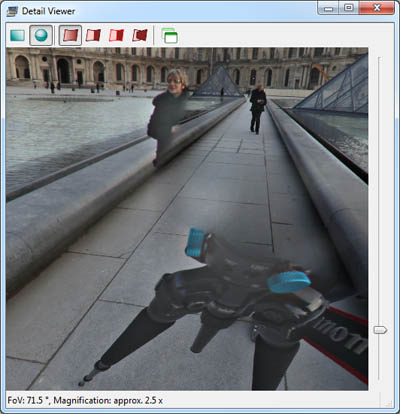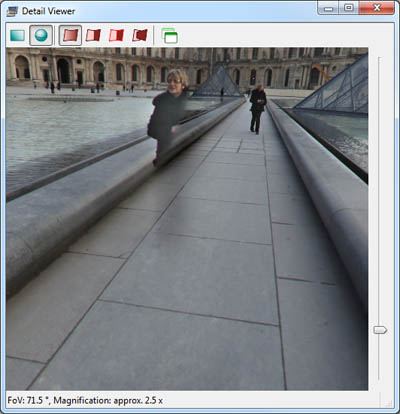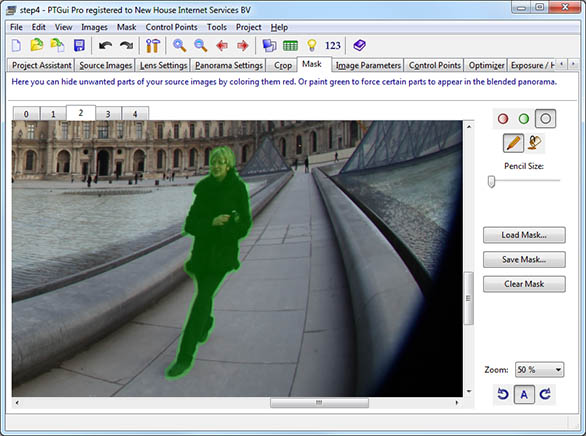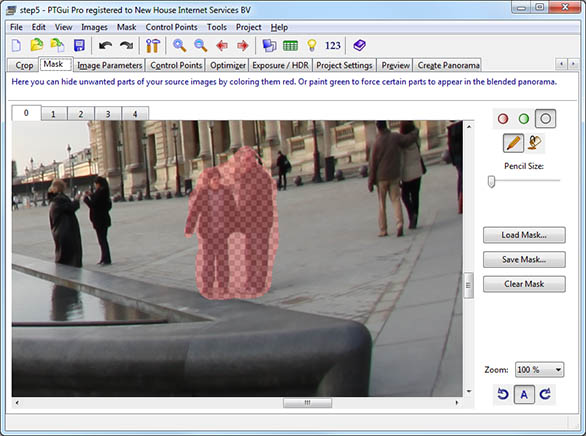Asher Kelman
OPF Owner/Editor-in-Chief
It's useful to be able to move from one software program to another. I was delighted to access the capabilities of PTGui by savng AutoPano Giga, (APGiga), fles as .pt, the format native to PTGui.
Puzzle #1 is that, going the other way, from PTGui to AP giga, doesn't appear to work, which is a pity.
Puzzle #2: When APGiga renders a PSD or(PSB) file, all the stacked layers can be immediately seen by switching them on. PTGui files, however, have to have their masks filled with white first. So it's nice to be able to do a final rendering in APgiga.
Puzzle #3: APGiga acquires links so easily. Everyone should love the easy way one can select common areas in two pictures, an voila, the points are selected and can be refined. However, if one needs to get links where it's fussy, PTGu allows these to be done so simply by hand. I miss that in APGiga.
Puzzle #4: PTGui allows rendering to a Quicktime spherical pano .MOV and so one can have one's client explore a pano for the view they want to request in detail. This is missing, it seems from APGiga.
So what are you favorite moves from one software program to another and is there a way back to APGiga from PTGui?
Asher
Puzzle #1 is that, going the other way, from PTGui to AP giga, doesn't appear to work, which is a pity.
Puzzle #2: When APGiga renders a PSD or(PSB) file, all the stacked layers can be immediately seen by switching them on. PTGui files, however, have to have their masks filled with white first. So it's nice to be able to do a final rendering in APgiga.
Puzzle #3: APGiga acquires links so easily. Everyone should love the easy way one can select common areas in two pictures, an voila, the points are selected and can be refined. However, if one needs to get links where it's fussy, PTGu allows these to be done so simply by hand. I miss that in APGiga.
Puzzle #4: PTGui allows rendering to a Quicktime spherical pano .MOV and so one can have one's client explore a pano for the view they want to request in detail. This is missing, it seems from APGiga.
So what are you favorite moves from one software program to another and is there a way back to APGiga from PTGui?
Asher





